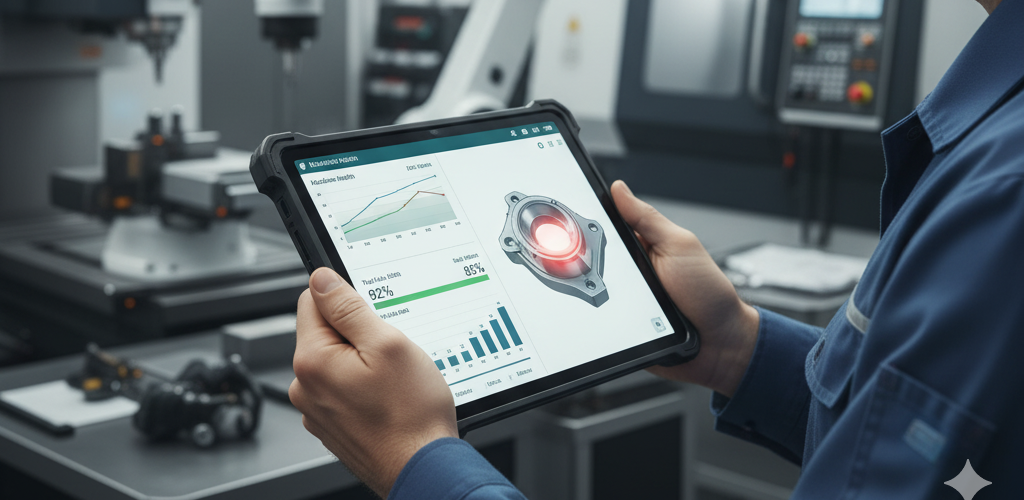AI is no longer a futuristic concept in manufacturing; it’s a powerful tool that makes factories smarter, faster, and more productive. From designing products to shipping them, AI is revolutionizing how things are made.
How AI is Used in Manufacturing
AI in manufacturing isn’t about replacing people. It’s about using smart tools to handle specific, difficult tasks, making them faster and more accurate. AI-powered systems work with people, taking on boring or data-heavy jobs so workers can focus on tougher problems and new ideas.
Some key applications include:
- Predictive Maintenance: AI can predict when a machine is about to break by looking at data from its sensors. This helps teams fix it before it fails, avoiding costly delays and saving money.
- Quality Control: AI systems with computer vision can inspect products faster and more accurately than people. They spot tiny flaws, ensuring high-quality products and less waste.
- Supply Chain Optimization: AI helps manage the complex supply chain. It forecasts demand and finds possible problems, making the whole process smoother and more reliable.
- Robots and Cobots: AI powers advanced robots and “cobots” (collaborative robots) that work safely with people. They handle repetitive or dangerous jobs like assembly and welding, which keeps human workers safe and boosts output.
AI is reshaping the manufacturing landscape, but this is just the beginning. As the technology matures, we can expect to see even more innovation, with a shift toward a more human-centric approach. By continuously investing in sophisticated equipment and refining its quality management system, Larsen Manufacturing is well-positioned to leverage more advanced AI applications, moving towards even smarter and more adaptive manufacturing operations.
 Chinese
Chinese
